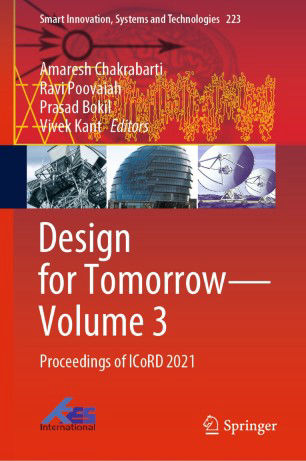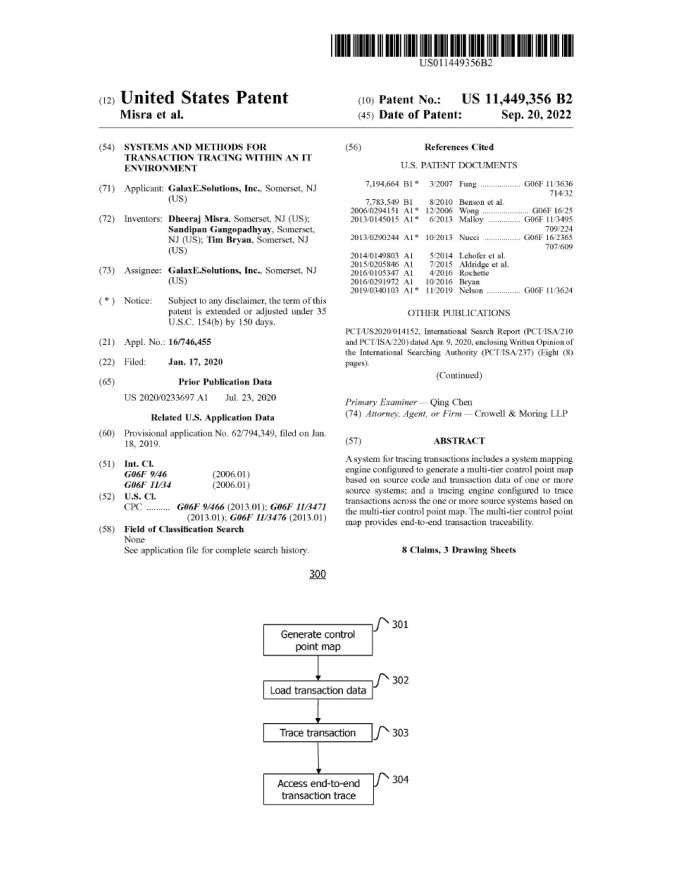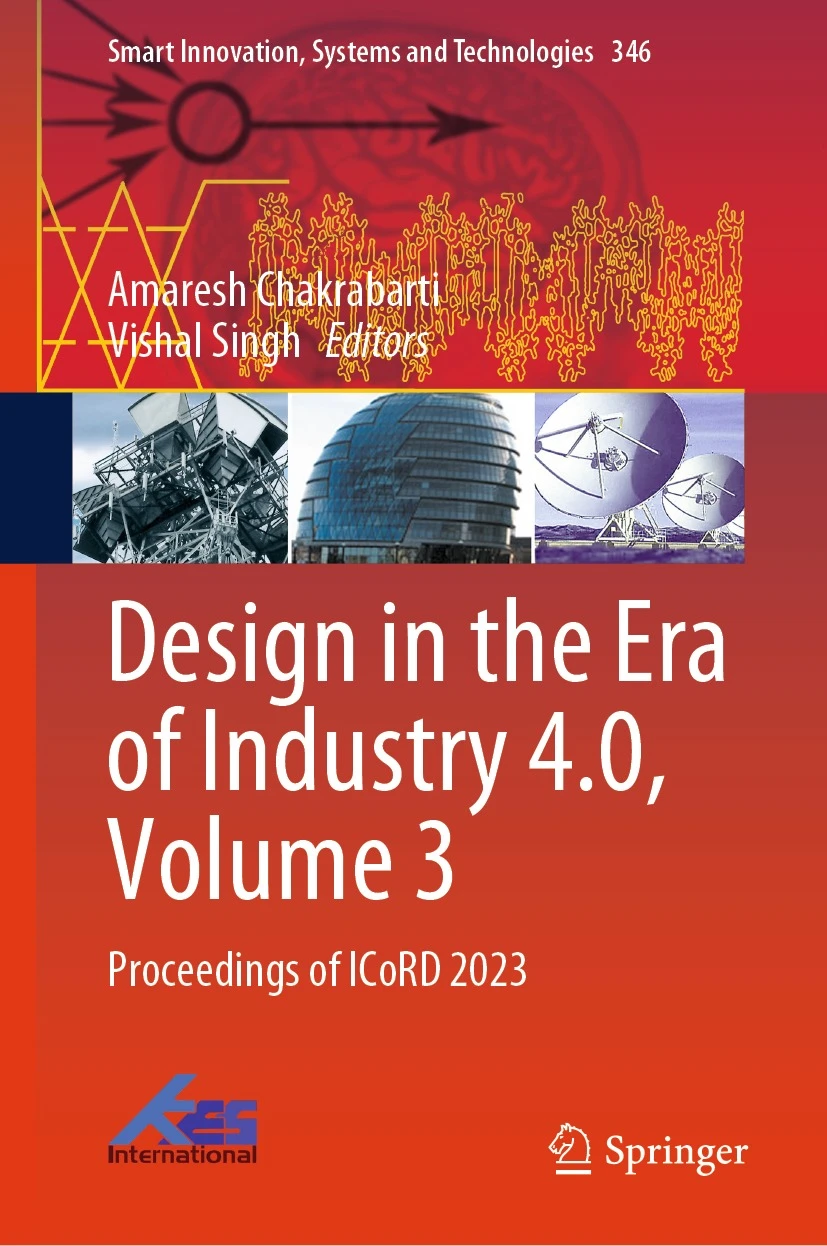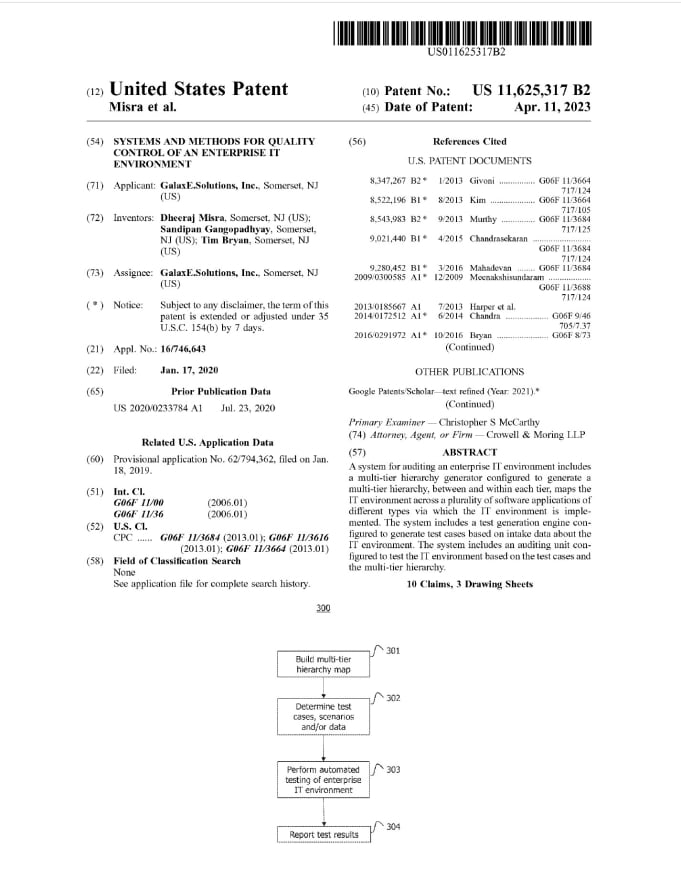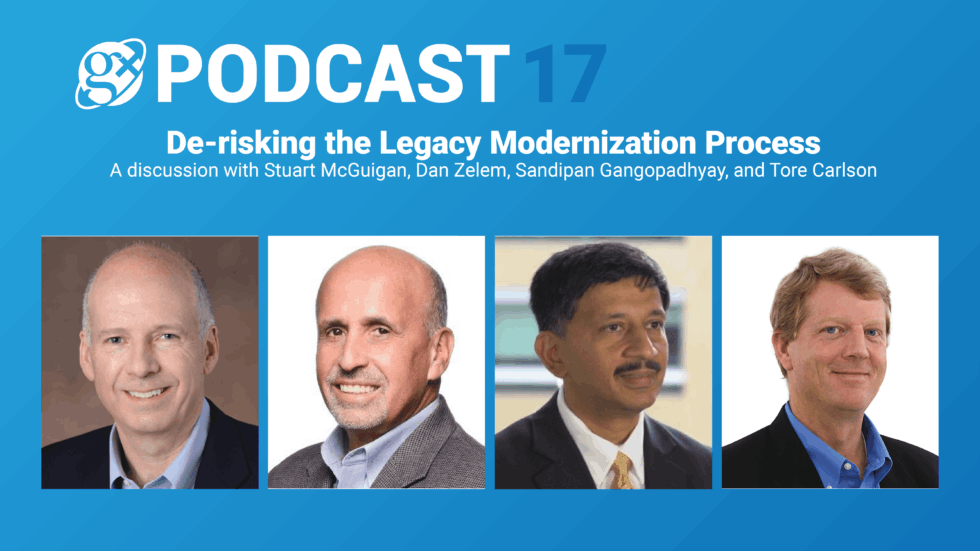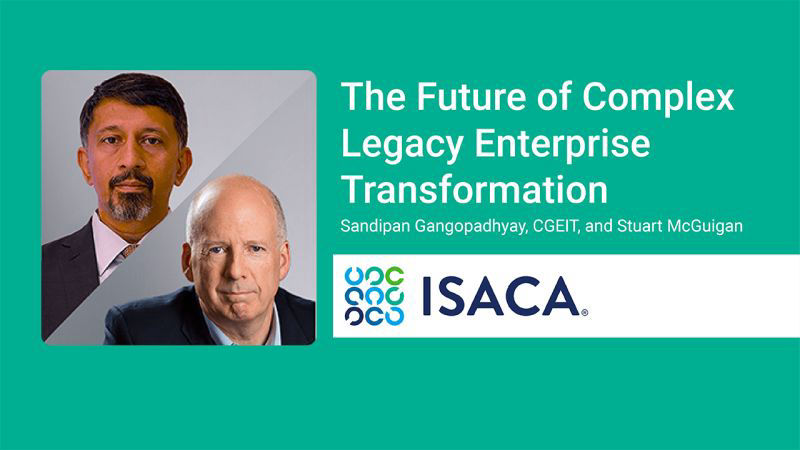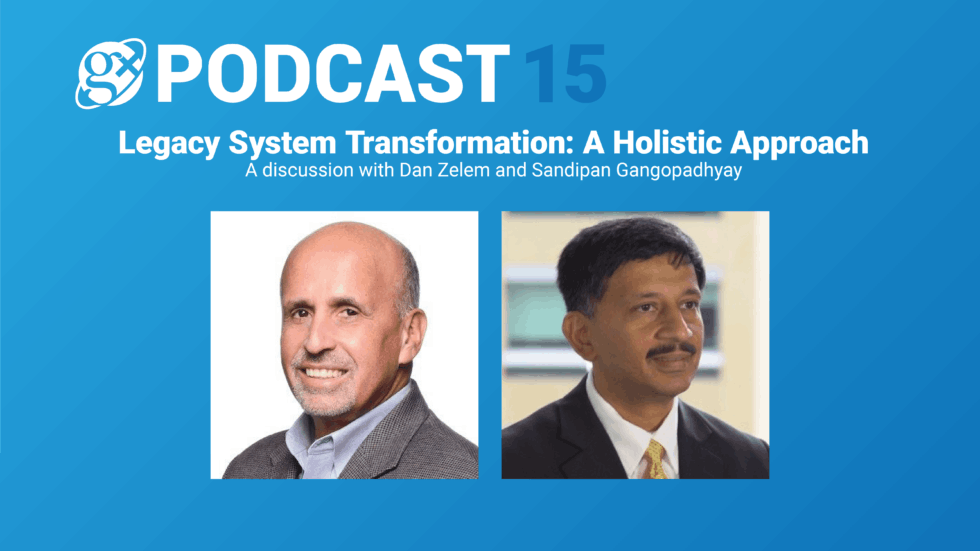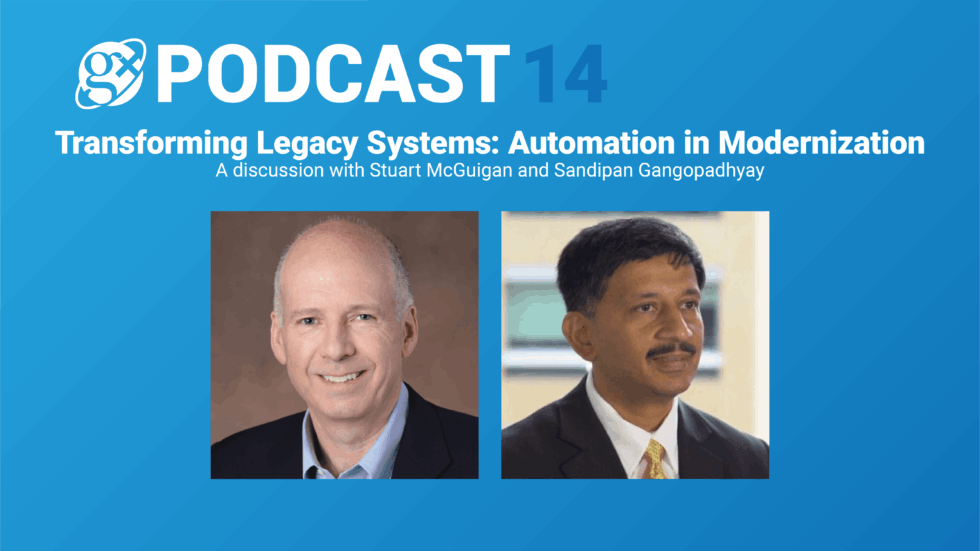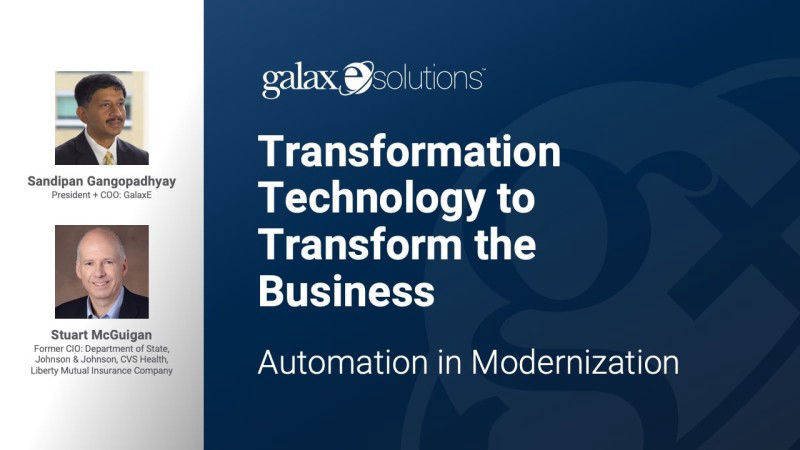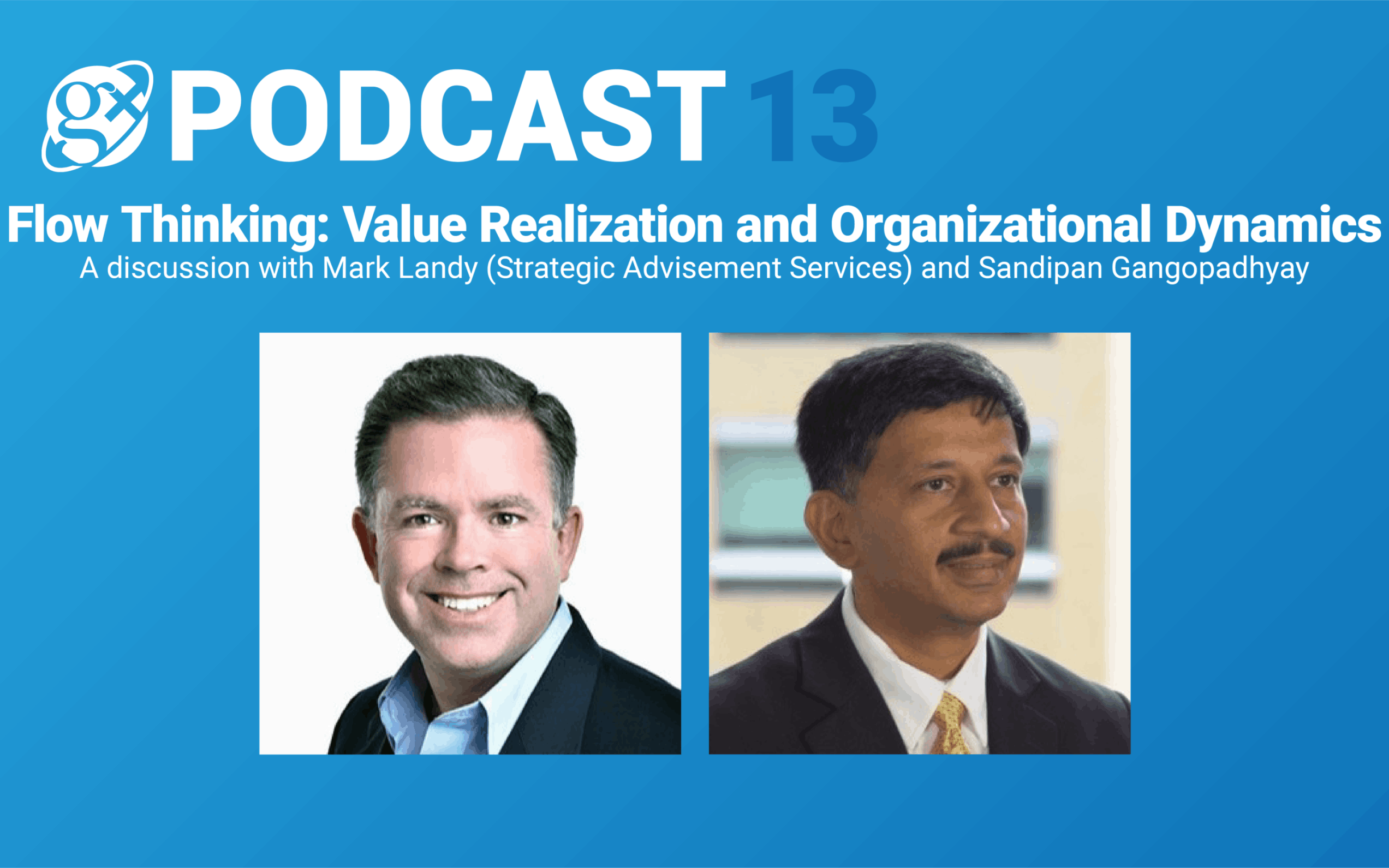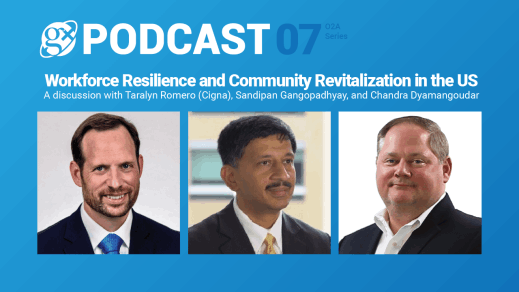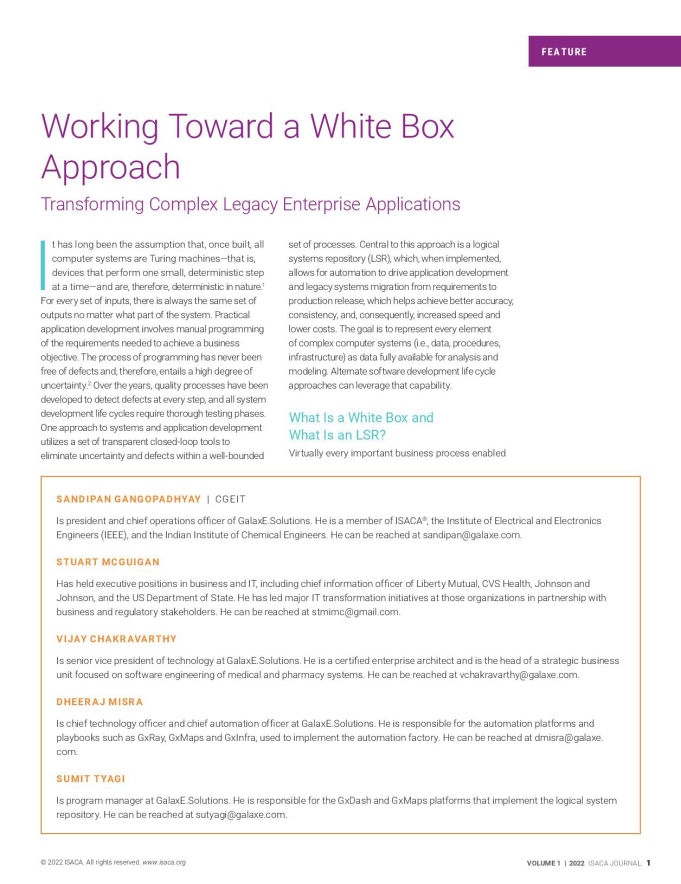
Working Toward a White Box Approach: Transforming Complex Legacy Enterprise Applications
ISACA Journal - 2022 Volume 1
It has long been the assumption that, once built, all computer systems are Turing machines—that is, devices that perform one small, deterministic step at a time—and are, therefore, deterministic in nature. For every set of inputs, there is always the same set of outputs no matter what part of the system. Practical application development involves manual programming of the requirements needed to achieve a business objective. The process of programming has never been free of defects and, therefore, entails a high degree of uncertainty. Over the years, quality processes have been developed to detect defects at every step, and all system development life cycles require thorough testing phases. One approach to systems and application development utilizes a set of transparent closed-loop tools to eliminate uncertainty and defects within a well-bounded set of processes. Central to this approach is a logical systems repository (LSR), which, when implemented, allows for automation to drive application development and legacy systems migration from requirements to production release, which helps achieve better accuracy, consistency, and, consequently, increased speed and lower costs.
